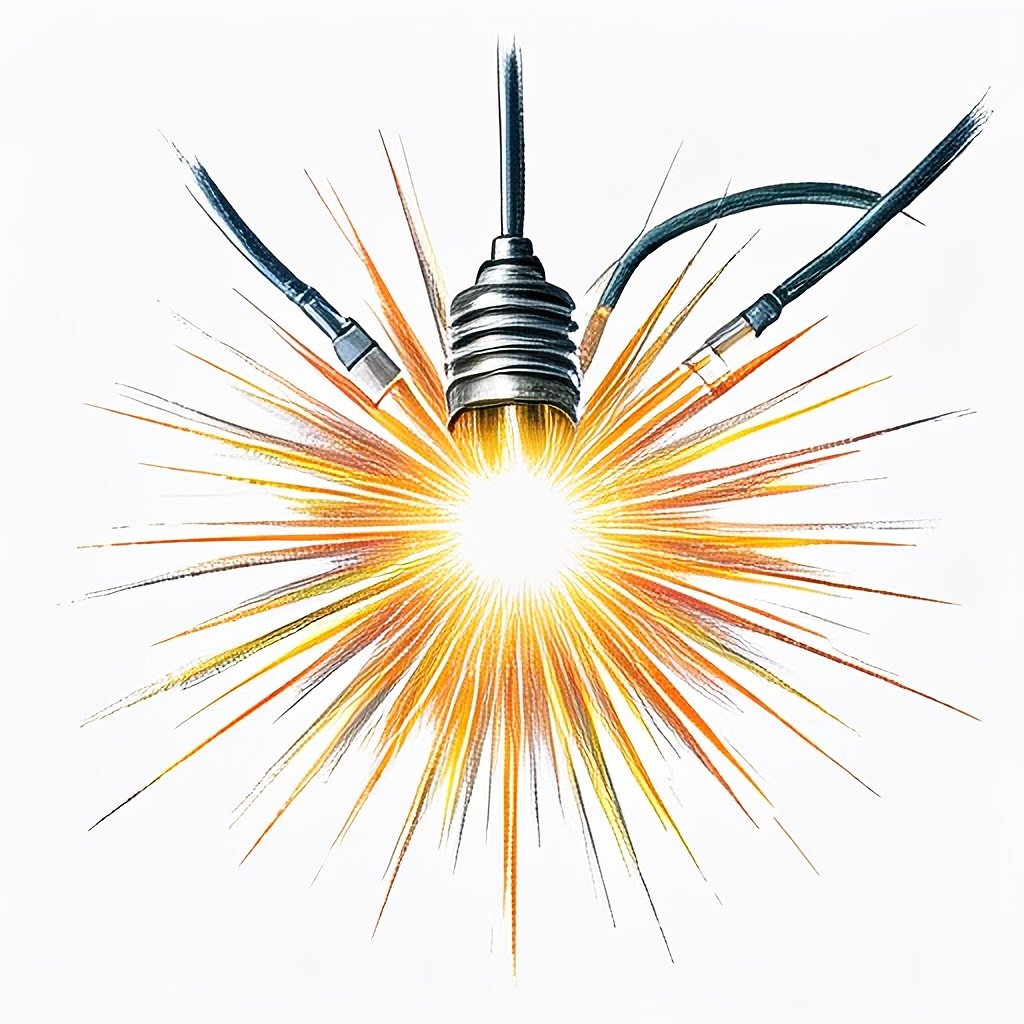6 ways PC hardware has unfortuinately lost its charm
Tell me if you agree with me on this — not so long ago, we were hopeful for every new PC hardware launch, expecting the next big thing, but today, both consumers and media outlets have given up all hope. Nearly every new CPU or GPU review is summed up in five words — “slightly better, not worth upgrading.” When no one really wants to upgrade, manufacturers have stopped caring, and the community is more lukewarm than ever, what’s there to look forward to?
And I’m not just lamenting the death of Moore’s Law here. Even the creativity in custom PC building seems to be lost to time. Plus, just like the gaming industry, PC components are coming out broken, and the nonsensical prices have made PC upgrades inaccessible to most consumers. It might not be hyperbole to say that PC hardware is more boring than ever before.
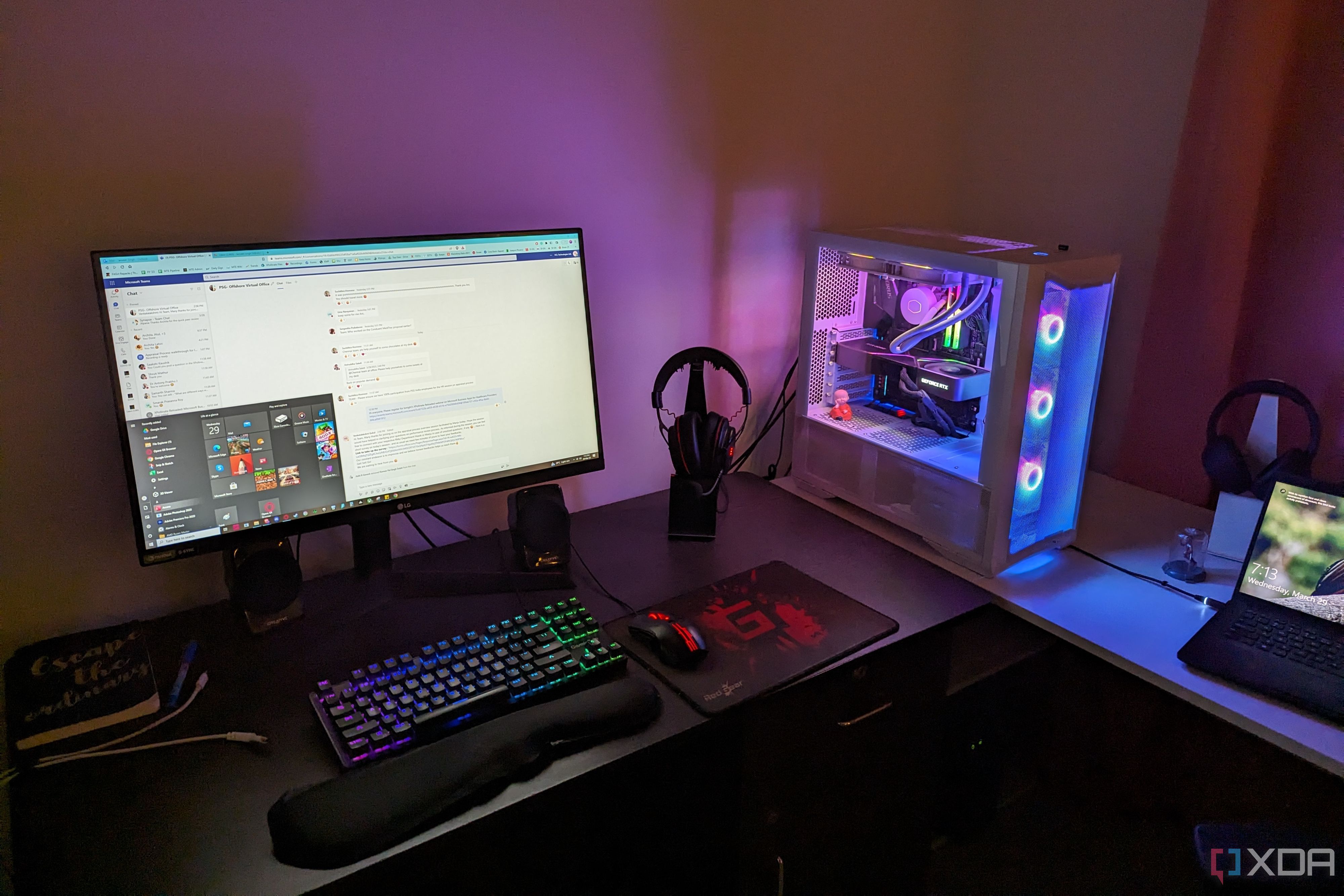
Related
PC gaming was much more fun 20 years ago
We might love PC gaming to death but it isn’t nearly as fun as it was when we were kids
6
Manual overclocking is history
Hardware tweaking is non-existent

It’s probably not news to you that overclocking the CPU or GPU isn’t something most users do, or even think of these days. When overclocking used to yield massive gains, it was worth spending hours painstakingly tuning the frequency and voltage of the CPU or GPU. The sense of achievement after successfully extracting 10-15% more performance without sacrificing system stability was unparalleled.
Today, overclocking your CPU isn’t worth the trouble, since manufacturers are already tuning processors to run near their maximum potential. Even for graphics cards, there’s barely a 5% performance improvement to be had (in the best-case scenarios) at the cost of heightened GPU temps and potentially more noise. The cooling requirements of modern CPUs are already insane; raising temps further by overclocking for little gain doesn’t make sense.
The decline of overclocking, and PC tweaking, in general, has taken something away from the PC experience. Using modern hardware at its maximum potential might be more convenient now, but automated boosting features like Precision Boost Overdrive (PBO) can never match the challenge and fun of manual overclocking.
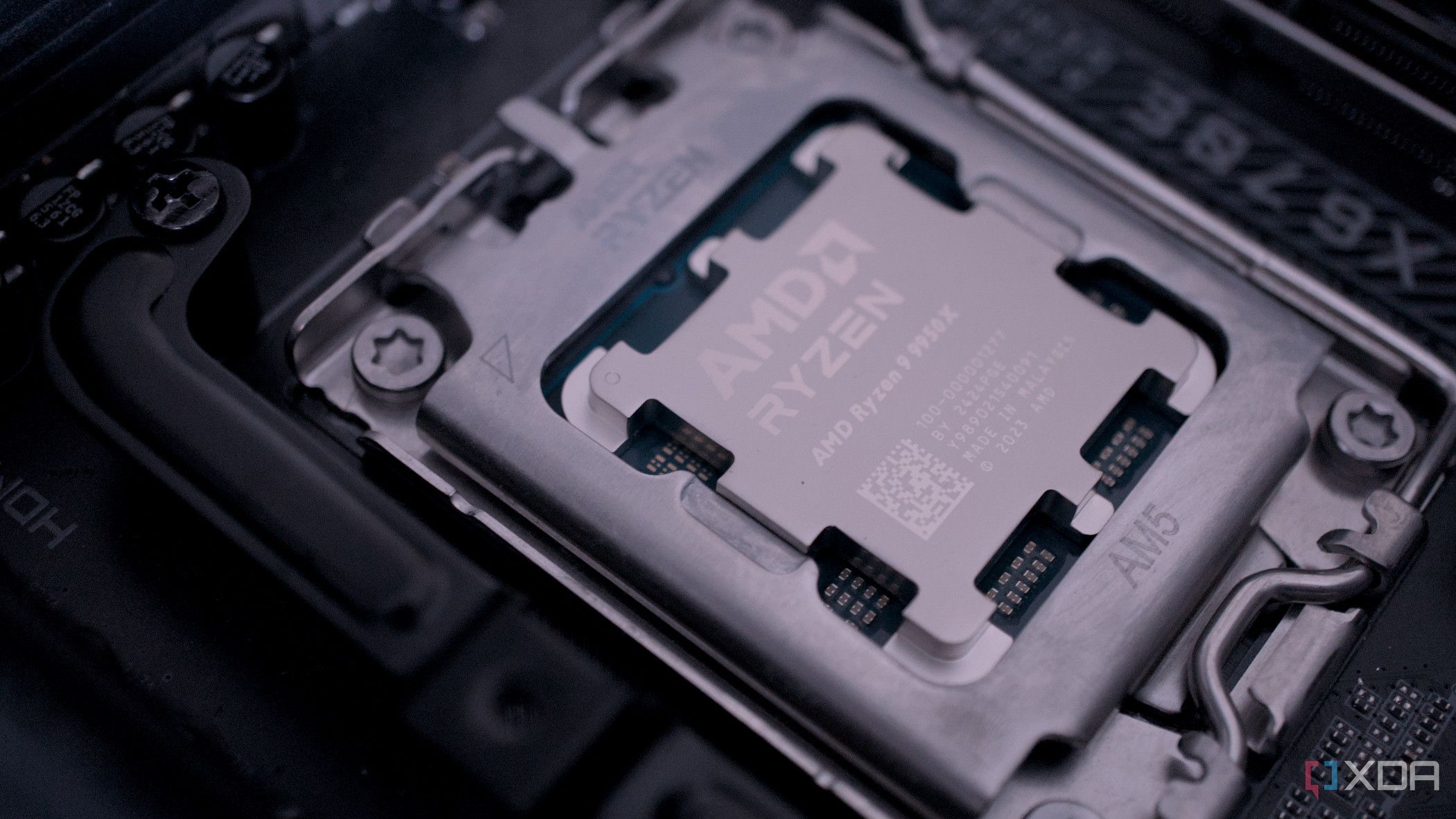
Related
Overclocking vs undervolting: Which one do you prefer?
Overclocking is one of the most common ways to extract some more performance out of your CPU, though it does have some inherent risks. Pushing your CPU’s clock speed past the normal level will require you to increase the core voltage, which, in turn, will make your processor more toasty. If your system lacks adequate cooling provisions, overclocking could reduce your processor’s lifespan.
Meanwhile, undervolting is the act of lowering the amount of the voltage supplied to the processor. While this may sound detrimental to performance, undervolting can help you mitigate the issue of thermal throttling. Heck, thermally-challenged systems might even see a boost in the FPS after a successful undervolt.
Personally, I’m a part of the overclocking faction, though I use Auto OC inside the BIOS to avoid spending hours fine-tuning the clock frequency and voltage. But what about you? Are you a fan of overclocking, or do you prefer the superior thermals provided by a stable
5
Custom liquid cooling is a dying art
The benefits are slim
Custom loops might still be alive, but they’re well on their way to joining overclocking in the PC hardware afterlife. Few things can make a PC look better than a well-designed, lovingly crafted custom loop. The smooth, colored coolant flowing across the components, giving off industrial and futuristic vibes, is a sight to behold. However, the arrival of AIO water coolers and high-performance air coolers has made custom liquid cooling less appealing.
You need to be supremely committed to a custom loop to go through the time, effort, and investment for a significant but unnecessary improvement over an AIO liquid cooler. This has pushed most PC builders away from custom loops, and even enthusiasts are rapidly shifting away, leaving custom liquid cooling to fade away in obscurity.
From a performance standpoint, custom loops might be unnecessary, but as far as PC aesthetics are concerned, losing custom loops is a huge blow. Without unique elements like custom loops, every PC threatens to look the same, which is something I get into in the next section.
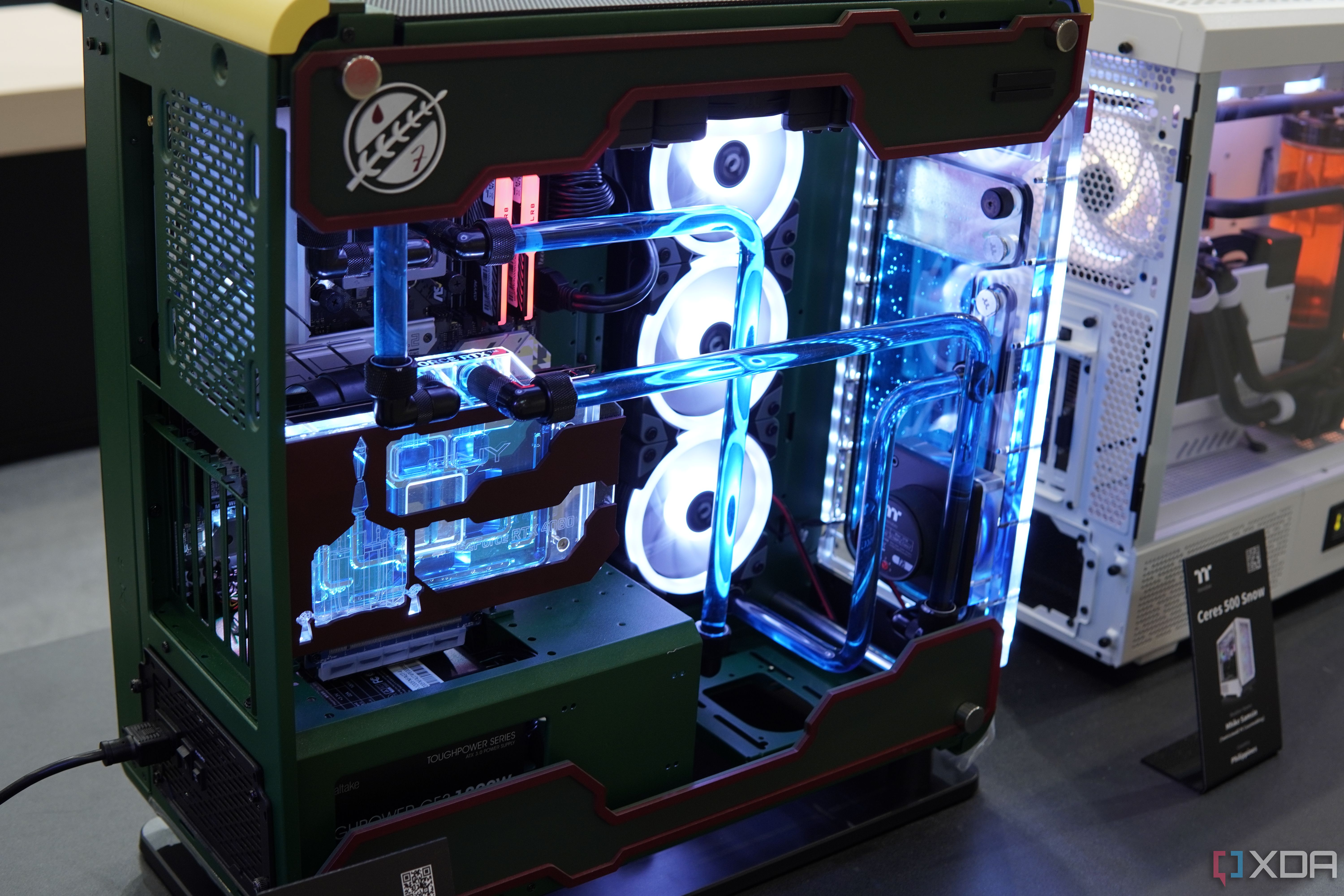
Related
4 ways a custom liquid CPU cooler can transform your PC
A custom liquid cooling loop is a visual and performance upgrade like no other
4
The lack of DIY trends makes every PC look the same
Minimalism has replaced UV lighting and case mods
For the young ones reading this, if you’ve watched some of the older Linus Tech Tips (LTT) videos, you might know about some crazy stuff PC builders were into back in the day. Cold cathode fluorescent lights (CCFLs) for lighting up cases, making components glow under UV lighting, and crafting acrylic covers for graphics cards and motherboards were just a few of the hardware mods people were into years ago.
Modifying RAM modules and cases with spray paint, and creating custom fan grills were some of the easier DIY trends that many users indulged in. Now, RGB lighting and modern, minimalist cases have replaced the modding culture of the early 2000s. Tempered glass, mesh panels, and wooden inserts might look good, but they make nearly every PC look the same.
The drive to personalize one’s PC and make it stand out has declined, and most users prefer the convenience and style of a PC that can seamlessly blend into their home aesthetic.
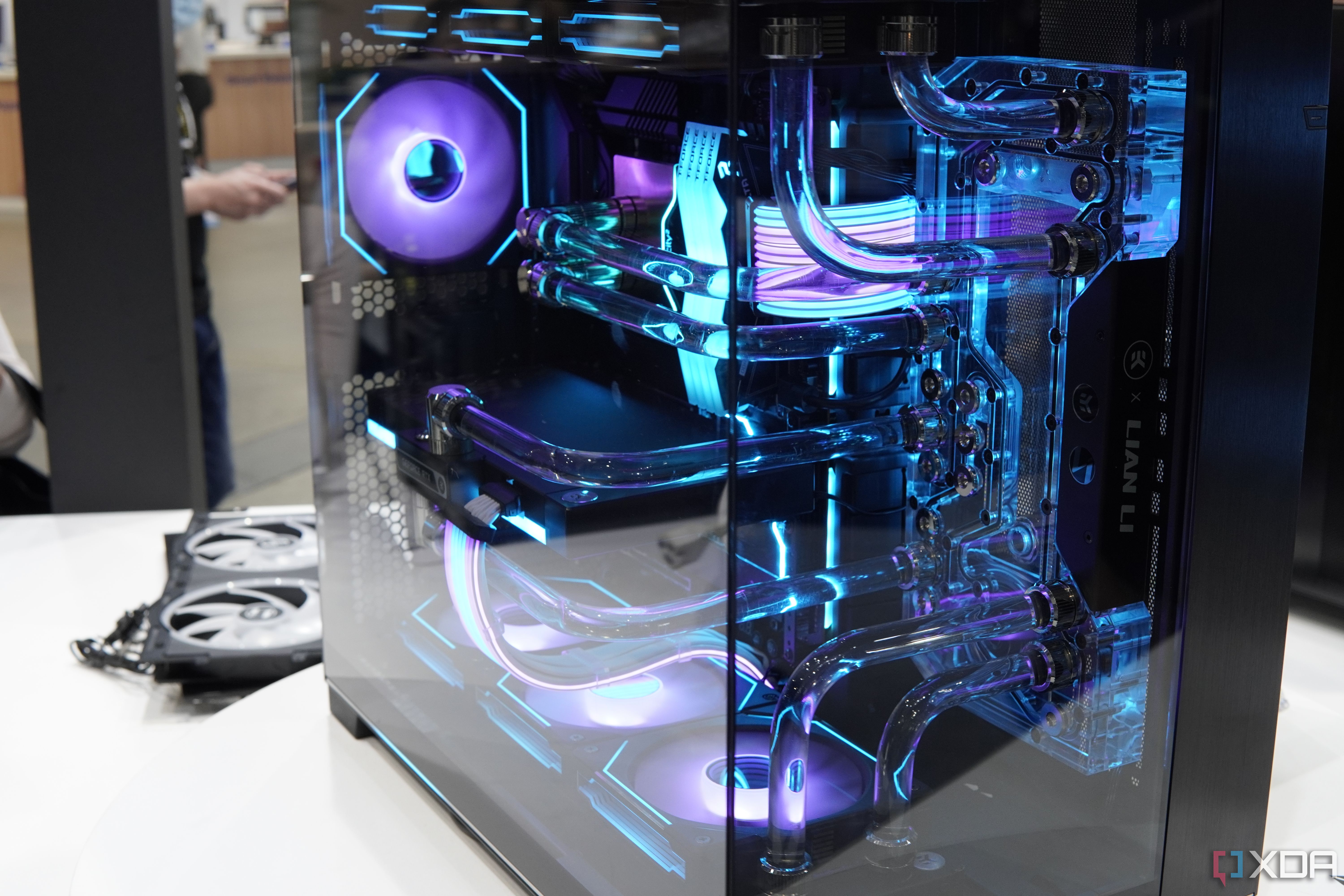
Related
PC builders need to stop using these 6 overused components
We’ve seen enough RGB fans for a lifetime
3
PC components are launching too early
Just like AAA games
As if the scourge of broken, unoptimized games wasn’t enough, we’re even seeing PC hardware go down the same road. Intel’s 13th and 14th Gen Core processors came under fire last year for a bug that was responsible for supplying excess voltage to the chips, leading to crashes, instabilities, and lasting hardware-level damage. AMD’s Zen 5 CPUs also launched with terrible performance, which was later patched (somewhat) with BIOS updates.
Intel’s Arrow Lake CPUs were also reportedly struggling with instability and crashes, as pointed out by some users. On the GPU side, Nvidia’s infamous melting connectors during the RTX 40 series launch became a nightmare for owners of those luxury GPUs. More recently, the company’s new RTX 5090 suffered from unexplained crashes and instances of the GPU being unrecognized by PCs.
In another Intel incident, the Arc B580, one of the best budget GPUs in ages, showed a weird performance overhead with weaker and older CPUs, putting a huge question mark on its relevance for budget PCs. All of this makes me think that manufacturers are rushing products out of the gate without the necessary testing and quality assurance, hoping they will be able to “tackle” any consumer outrage that happens. Whatever the reason, it isn’t a good look for the industry.
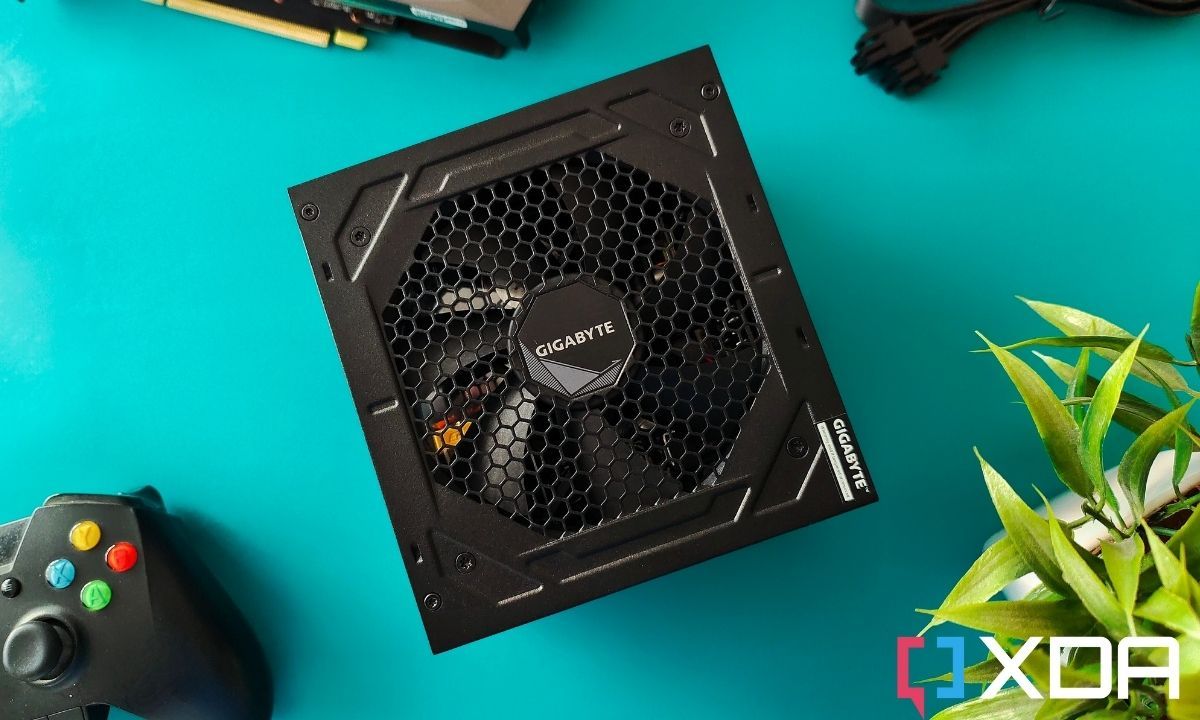
Related
6 recent PC hardware scandals that still seem unbelievable
Some PC hardware scandals are tough to forget. These are some of the most recent and shocking ones on record.
2
Sweeping generational innovations have disappeared
Minor improvements are all we can hope for
There was a time when a new generation of CPUs or GPUs changed the face of the industry, delivering game-changing gains or introducing innovations that defined years to come. The RTX 30 series did that for GPUs, while AMD’s Ryzen and Intel’s Alder Lake architectures did it for CPUs. If you go back further in time, you’ll easily find more such instances in Nvidia’s Pascal lineup, Intel’s 2nd Gen Core CPUs, and AMD’s Athlon lineup.
However, in the last few years, we’ve not seen radical products from any of the heavy hitters in the industry. Intel’s Arrow Lake was slower than the 14th Gen series in gaming, AMD’s Ryzen 9000 felt like a repackaged Ryzen 7000, and the latest RTX 50 series shows that Nvidia has stopped trying in the face of zero competition.
We’ve been made accustomed to new generations of products delivering minor improvements. The only people excited about upgrading to something new are the ones with ancient components that are in urgent need of replacement. I hope more competition from Intel on the CPU side, and AMD on the GPU side will help change things for the better, but it’s a slim, half-hearted hope at best.
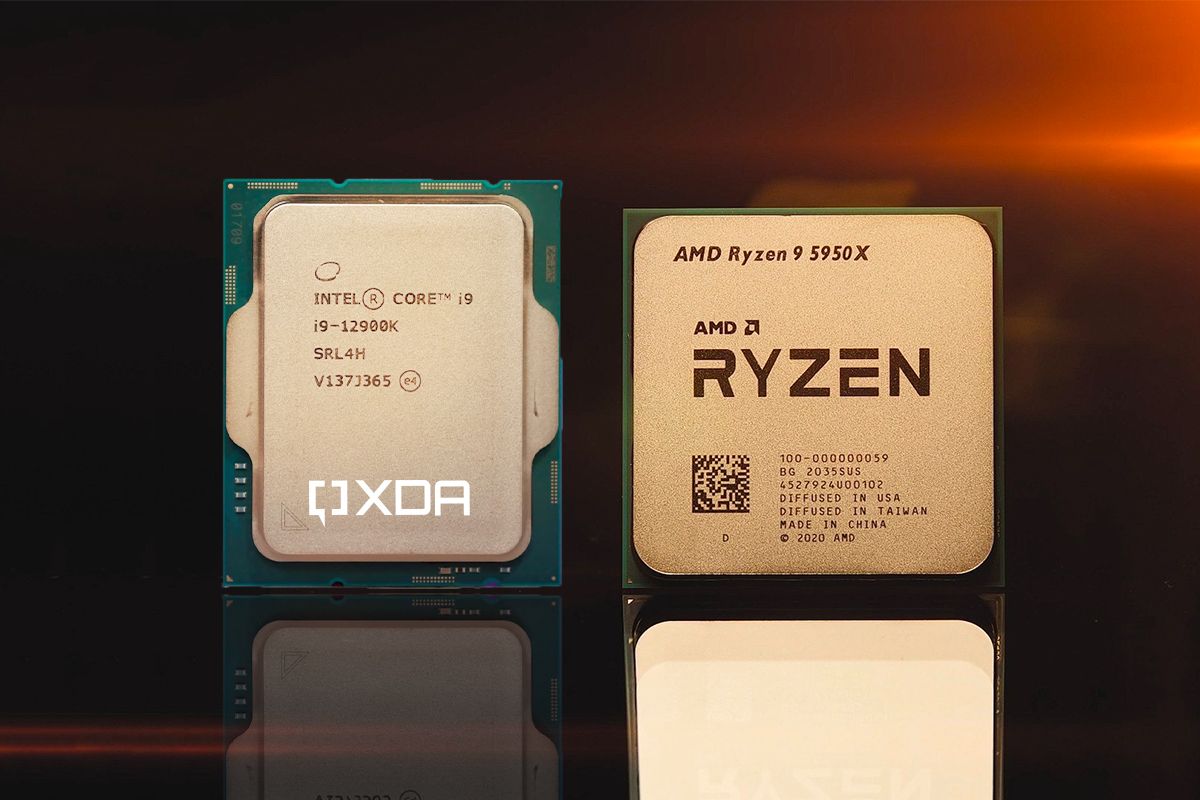
Related
The CPU might not be that exciting, which is why we can always tell when a truly great CPU comes along.
1
The industry has priced out the average consumer
It’s hard to be enthused
The pricing of PC hardware has been on a steep upward trend, much more than can be justified by inflation alone. The budget GPU segment has quietly been erased, with $300 becoming the new entry-level segment. Whatever companies launch for less than that is terrible or unavailable to buy at the advertised prices. And suddenly, $500-$600 GPUs are considered “mid-range”. I’m not even going to touch what is happening beyond that.
As for processors, 4-core chips stopped being a thing years ago, and $200 is now considered the minimum one needs to spend on a decent gaming CPU. CPUs and GPUs aside, everything else has gone up in price without a proportional increase in quality or features. Budget motherboards keep losing features and look shittier every generation. PC builders are being forced to shell out for $200+ motherboards to get the bare minimum.
Even the opportunity to pay top dollar for some of the most expensive components is a luxury these days, as GPUs go out of stock in seconds, and users are forced to rely on scalpers selling the same cards at obscene prices. It’s no wonder that you come across comments from users shifting to consoles. The lower barrier to entry, plus the added convenience and promise of games running as they’re supposed to, are enough to sway people away from PCs.
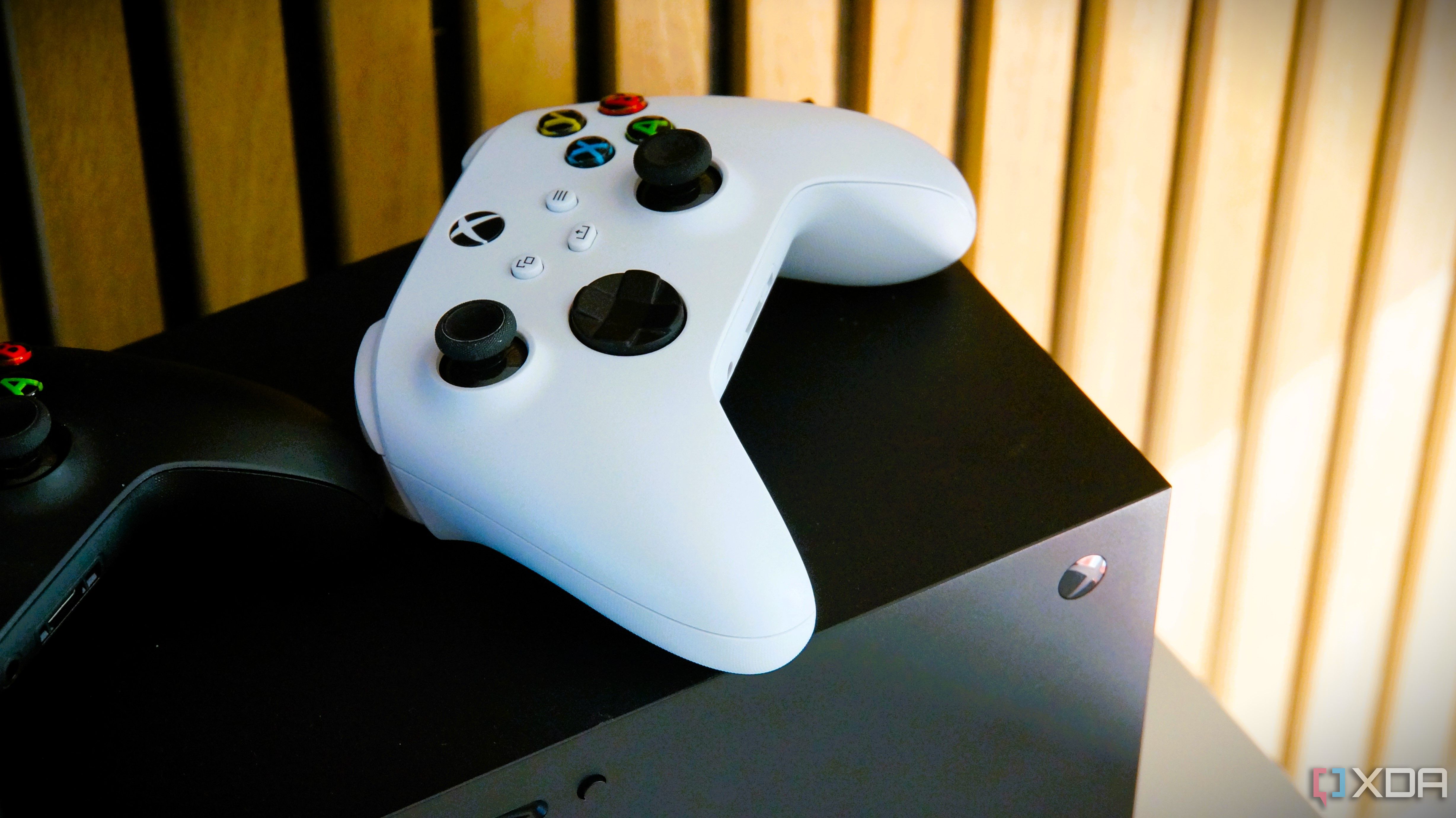
Related
5 reasons switching from PC to console makes more sense than ever
With the state PC hardware and gaming is in, many gamers are considering a switch to consoles.
Will PC hardware ever be great again?
Things look dire for PC enthusiasts, thanks to sky-high prices, minor generational gains, poor availability, and unfinished product launches. If things need to improve, something major needs to change in the industry, and I don’t have high hopes for that. A dramatic shift in the silicon supply chain seems improbable, manufacturer focus returning to consumer chips looks even less likely, and pricing coming down is something that seldom happens. The only thing I see happening is companies doing better to launch unbroken components free from hardware-level bugs.
